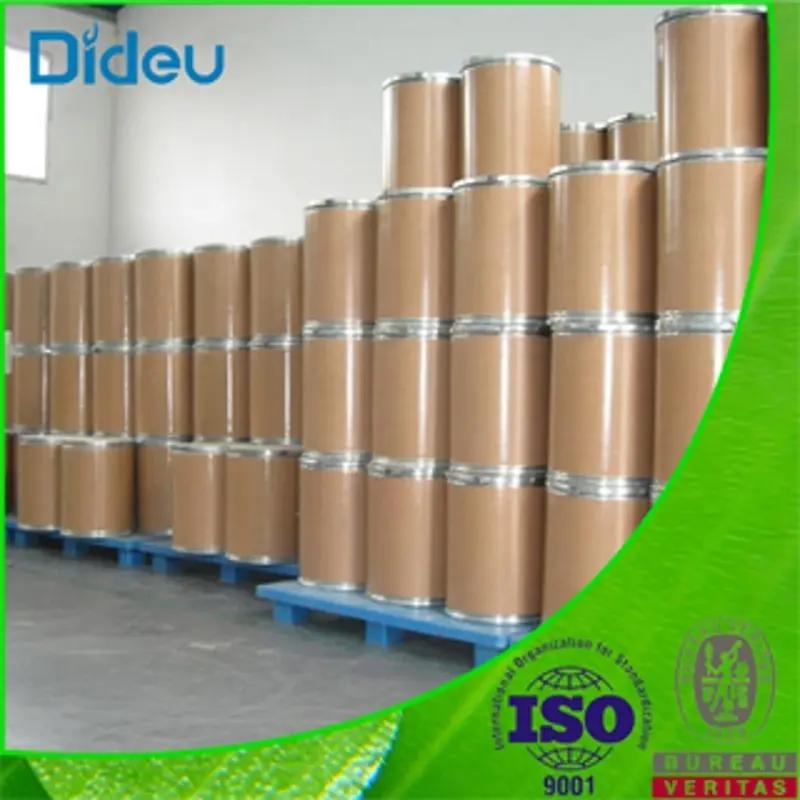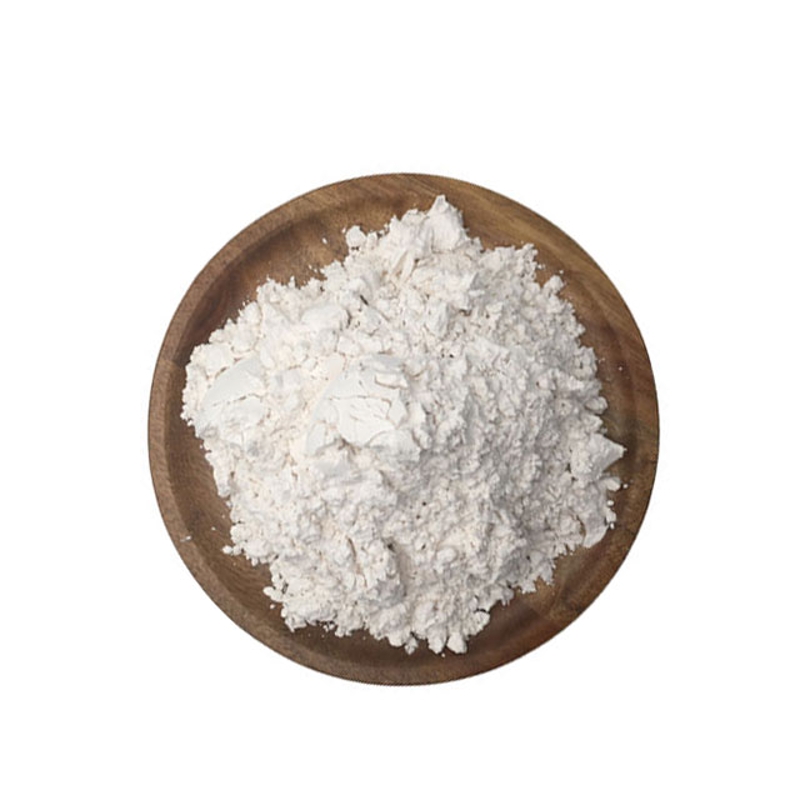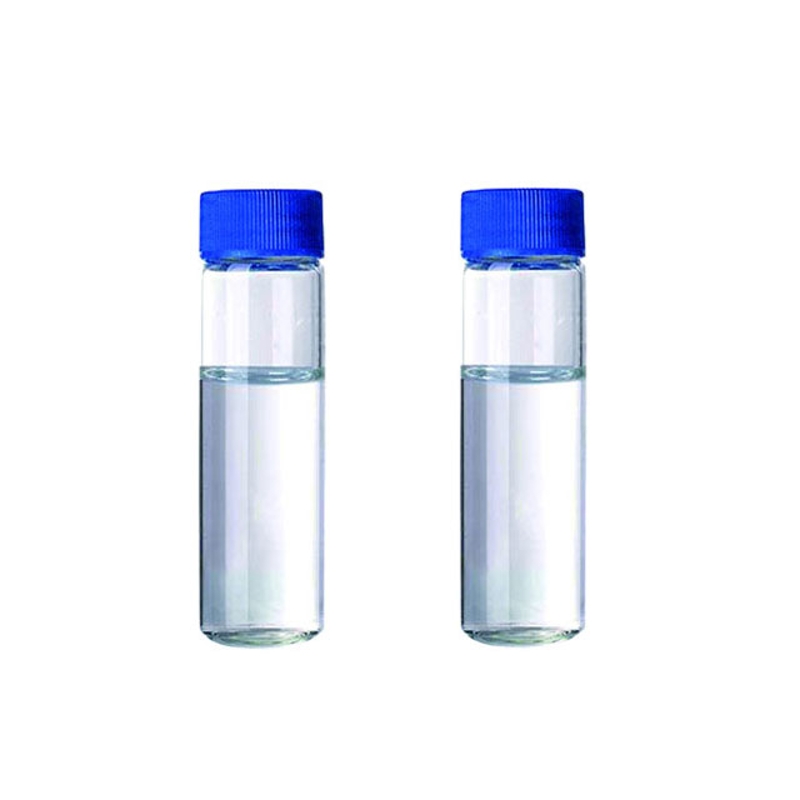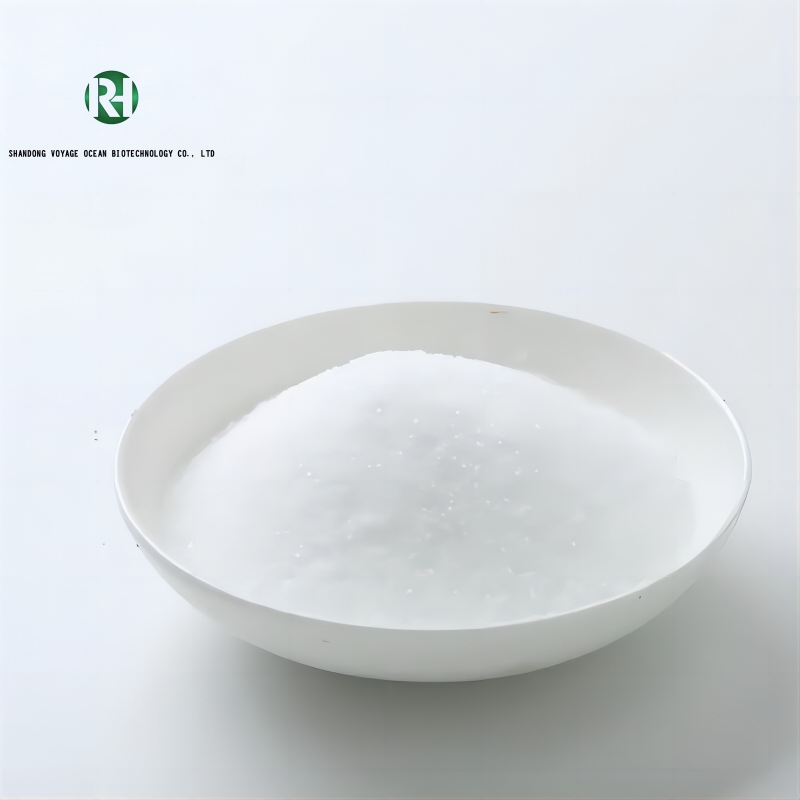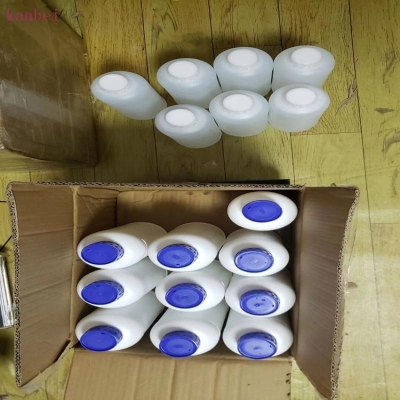Biochemical Engineering
- • Amino Acids and Proteins (221)
- • Nucleic Acid Drugs (18)
- • Enzymes and Coenzymes Drugs (115)
- • Inhibitors (1083)
- • Biological Response Modifiers (15)
- • Fat Medicines (7)
- • Amino Acids and Derivatives (4144)
- • Saccharides (2371)
- • Biochemical Reagents (322)
- • Nucleoside Drugs (346)
- • Condensing Agent (40)
- • Polypeptide (619)
- • Biosynthetic Natural Products (105)
- • Plant Extracts (813)
- • Chinese Herbs (352)
- • Microbiology Reagents (11)
- • Protein Research (34)
- • Lipids (281)
- • Inflammation Mediators (128)
Related News
Nucleoside Drugs
1H-1,2,4-Triazole
(288-88-0)-
Industrial Grade / 99%
-
-
- / 99.00%
-
Request for quotation , get quotes from more suppliers.
-
Pharmacy Grade / 99%
-
-
- / 99.00%
-
Pharmacy Grade / 99%
Request for quotation , get quotes from more suppliers.
1H-1,2,3-Triazole
(288-36-8)-
Industrial Grade / 99%
-
-
- / 99.00%
-
Pharmacy Grade / 99%
Request for quotation , get quotes from more suppliers.
1,2,3,4-Tetrahydro-2,4-dioxo-5-pyrimidinecarboxylic acid
(23945-44-0)-
- / 99.00%
-
Pharmacy Grade / 99%
-
- / 99%
-
Pharmacy Grade / 99%
Request for quotation , get quotes from more suppliers.
1-[[2,4,6-Tris(1-methylethyl)phenyl]sulfonyl]-1H-imidazole
(50257-40-4)-
![1-(2,4,6-Triisopropylphenylsulfonyl)imidazole buy 1-(2,4,6-Triisopropylphenylsulfonyl)imidazole]()
Industrial Grade / 99%
-
![1-(2,4,6-Triisopropylphenylsulfonyl)imidazole buy 1-(2,4,6-Triisopropylphenylsulfonyl)imidazole]()
-
![1-(2,4,6-Triisopropylphenylsulfonyl)imidazole buy 1-(2,4,6-Triisopropylphenylsulfonyl)imidazole]()
-
![1-(2,4,6-Triisopropylphenylsulfonyl)imidazole buy 1-(2,4,6-Triisopropylphenylsulfonyl)imidazole]()
Industrial Grade / 99%
Request for quotation , get quotes from more suppliers.
Source Nucleoside Drugs Products Supply
1-[(2,4,6-Trimethylphenyl)sulfonyl]-1H-imidazole
(50257-39-1)-
![N-MESITYLENESULFONYLIMIDAZOLE buy N-MESITYLENESULFONYLIMIDAZOLE]()
Industrial Grade / 99%
-
![1-(2-Mesitylenesulfonyl)imidazole buy 1-(2-Mesitylenesulfonyl)imidazole]()
-
![N-MESITYLENESULFONYLIMIDAZOLE buy N-MESITYLENESULFONYLIMIDAZOLE]()
-
![1-(2-Mesitylenesulfonyl)imidazole buy 1-(2-Mesitylenesulfonyl)imidazole]()
Industrial Grade / 99%
Request for quotation , get quotes from more suppliers.
1-[(4-Nitrophenyl)sulfonyl]-1H-1,2,4-triazole
(57777-84-1)-
![1-(4-NITROBENZENESULFONYL)-1H-1,2,4-TRIAZOLE buy 1-(4-NITROBENZENESULFONYL)-1H-1,2,4-TRIAZOLE]()
Industrial Grade / 99%
-
![1-(4-Nitrobenzenesulfonyl)-1H-1,2,4-triazole buy 1-(4-Nitrobenzenesulfonyl)-1H-1,2,4-triazole]()
-
![1-(4-NITROBENZENESULFONYL)-1H-1,2,4-TRIAZOLE buy 1-(4-NITROBENZENESULFONYL)-1H-1,2,4-TRIAZOLE]()
-
![1-(4-NITROBENZENESULFONYL)-1H-1,2,4-TRIAZOLE buy 1-(4-NITROBENZENESULFONYL)-1H-1,2,4-TRIAZOLE]()
Industrial Grade / 99%
Request for quotation , get quotes from more suppliers.
-
Reagent Grade / 99%
$20-22/KG FOB
-
- / 98%
-
![1,3-BENZODITHIOLYLIUM TETRAFLUOROBORATE buy 1,3-BENZODITHIOLYLIUM TETRAFLUOROBORATE]()
Industrial Grade / 99%
-
![1,3-benzodithiolylium tetrafluoroborate buy 1,3-benzodithiolylium tetrafluoroborate]()
Request for quotation , get quotes from more suppliers.
1,3-Dimethyluric acid
(944-73-0)-
Industrial Grade / 95%
-
Industrial Grade / 99%
-
![1,3-Dimethyluric acid buy 1,3-Dimethyluric acid]()
-
![1,3-DIMETHYLURIC ACID buy 1,3-DIMETHYLURIC ACID]()
Request for quotation , get quotes from more suppliers.
1-(6-Amino-9H-purin-9-yl)-1-deoxy-N-ethyl-β-D-ribofuranuronamide
(35920-39-9)-
- / 99.00%
-
![NECA buy NECA]()
IndustrialGrade / 99.00%
-
![NECA buy NECA]()
Industrial Grade / 99%
-
![N-ethyl-5'-carboxamidoadenosine buy N-ethyl-5'-carboxamidoadenosine]()
Request for quotation , get quotes from more suppliers.












